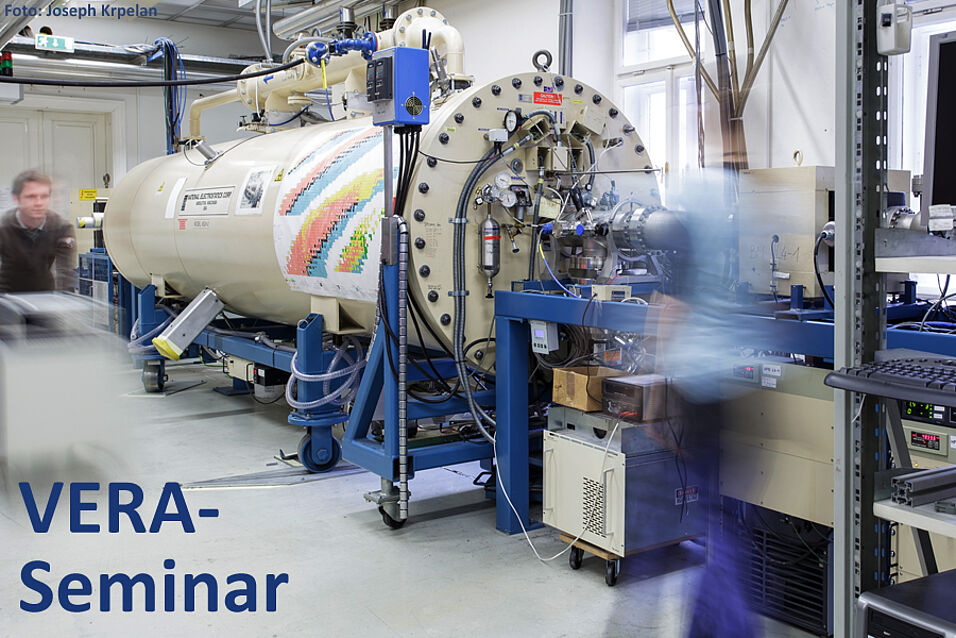In conventional carbon ion therapy, the means of dose verification are limited. However, if one would fully substitute the stable treatment beam with a β+-emitter, e.g. 11C (t1/2=20.4 min), the treatment beam would contribute to the activity measurable with Positron Emission Tomography (PET). This allows for range verification by means of on- or off-line PET-imaging and can therefore uncover deviations from the treatment plan and finally improve the treatment precision.
In this seminar possible future machine designs for hadron therapy accelerators will be discussed with a special focus on possibilities of coupling a radioactive ion beam production stage to a therapy accelerator. One of the challenges in realizing the treatment with radioactive beams is the highly demanding intensity requirement. 11CO+ beams can be produced with the Isotope Separation On-Line (ISOL) method through irradiation of a solid target with protons via the nuclear reaction 11B(p,n)11C. After ionization to the 1+ charge state and mass-separation, a charge breeding stage is required to match the continuously produced, molecular beam with the pulsed accelerator. Thereby, the charge breeder has to break up the molecules, increase the ions’ charge state, accumulate the beam and release it in pulses that match the accelerator cycle.

